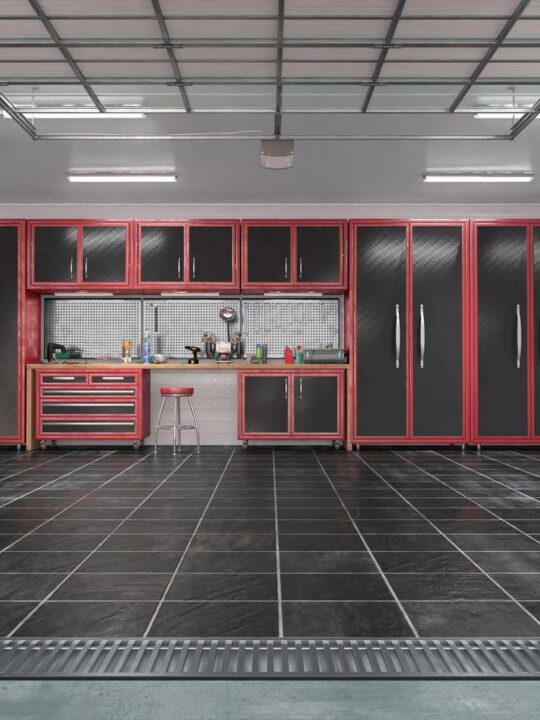 If you’re wondering about the difference between military and commercial aircraft, you’ve come to the right place. From Air Force One to Marine One, from Lockheed Martin to Airbus, there’s a lot to know about these aircraft. Learn about the history, design, and manufacturing in this informative article.
If you’re wondering about the difference between military and commercial aircraft, you’ve come to the right place. From Air Force One to Marine One, from Lockheed Martin to Airbus, there’s a lot to know about these aircraft. Learn about the history, design, and manufacturing in this informative article.
Air Force One
The Air Force One military and commercial aircraft is an example of advanced aircraft design. This iconic blue and white aircraft is operated by the 89th Airlift Wing of the United States Air Force at Joint Base Andrews, Maryland. It is a military version of the Boeing 747-200B. The plane can fly more than halfway around the world and is outfitted with advanced communications and electronic countermeasures to fend off enemy air defenses.
The Air Force One is also known as a presidential jet. This plane was originally designed to carry the President of the United States. In 1963, it was used to fly him to Berlin, where he issued the famous “Ich bin Berliner” speech. On his return flight, he used the same aircraft to travel from Dallas to Washington, D.C.
Marine One
Marine One is a military and commercial aircraft that transports the President of the United States between Air Force One and his destinations. Unlike motorcades, Marine One is used to avoiding logistical and cost concerns. It is typically seen on the South Lawn of the White House or at Joint Base Andrews Naval Air Facility in Maryland. However, sometimes it will connect to Air Force One for the same presidential event. The first President of the United States to fly in an aircraft was Theodore Roosevelt in 1910. Before World War II, presidential travel by air was infrequent, and in the United States, the railroad was the primary mode of transportation for considerable distances.
The aircraft has a 1.2m wide and 1.83m high interior, offering proper stand-up headroom. The helicopter has ballistic armor, antimissile countermeasures, and electromagnetic pulse protection. In addition, a decoy helicopter flies alongside Marine One during the flight to ensure security. The aircraft can carry up to 14 people. There are two GE CT7-8A turboshaft engines in Marine One.
Airbus
Airbus is an aerospace company that manufactures commercial and military aircraft. Airbus’s commercial aircraft division focuses on large commercial jetliners, such as the A320, the CSeries, and the A220. It also manufactures helicopters for military and civilian use. The A320, the company’s flagship commercial aircraft, is among the world’s best-selling.
The company’s military aircraft division produces the A400M Atlas, which can carry 37 tons of cargo and is designed for paratroop missions and air-to-air refueling. The Atlas is a top seller for European, Middle Eastern, and Asian nations. The company also sells commercial jetliners.
In 1993, the company was founded by a group of European companies. In addition to Airbus, the group includes French, British, Dutch, and Spanish firms. France was involved in developing the A300, while the Germans provided the wings and the control systems. The Netherlands and the Spanish were involved in producing the horizontal tailplane.
Lockheed Martin
Lockheed Martin is a well-known name in the military and commercial aviation industries. Its aircraft include:
- The F-16 Fighting Falcon multirole fighter.
- C-130 Hercules military transport.
- The P-3 Orion maritime patrol aircraft.
It is also a partner in developing the Joint Strike Fighter and works with Boeing on the F-22 Raptor stealth fighter. It is also involved in modifying and upgrading older aircraft. It also builds the Titan IV and Atlas families of expendable launchers, the Centaur upper-stage rocket, and the Trident II submarine-launched ballistic missile.
Executives at Lockheed Martin include the CEO and the CFO. In addition, executive Vice Presidents for the four central business units oversee the company’s programs. The company uses a lean manufacturing process called Flow-to-take to assemble its aircraft. This process combines the concepts of scientific management and division of labor to improve production efficiency. The division of labor theory calls for employees to perform tasks according to their roles and specialties, resulting in higher efficiency and reduced cost.
U.S. Department of Defense
Increasing the use of alternate parts and components in U.S. commercial and military aircraft has many benefits, from improved availability of spare parts to cost savings. For example, using PMA parts and DER repairs has helped reduce costs and introduced competition. In addition, the increased use of alternate parts has led to lower engine overhaul costs.
This rule has been published by the Department of Defense and the Air Force. It details minimum requirements for air carriers that wish to provide charter passenger air transportation to the Department of Defense. It also describes an oversight program.







